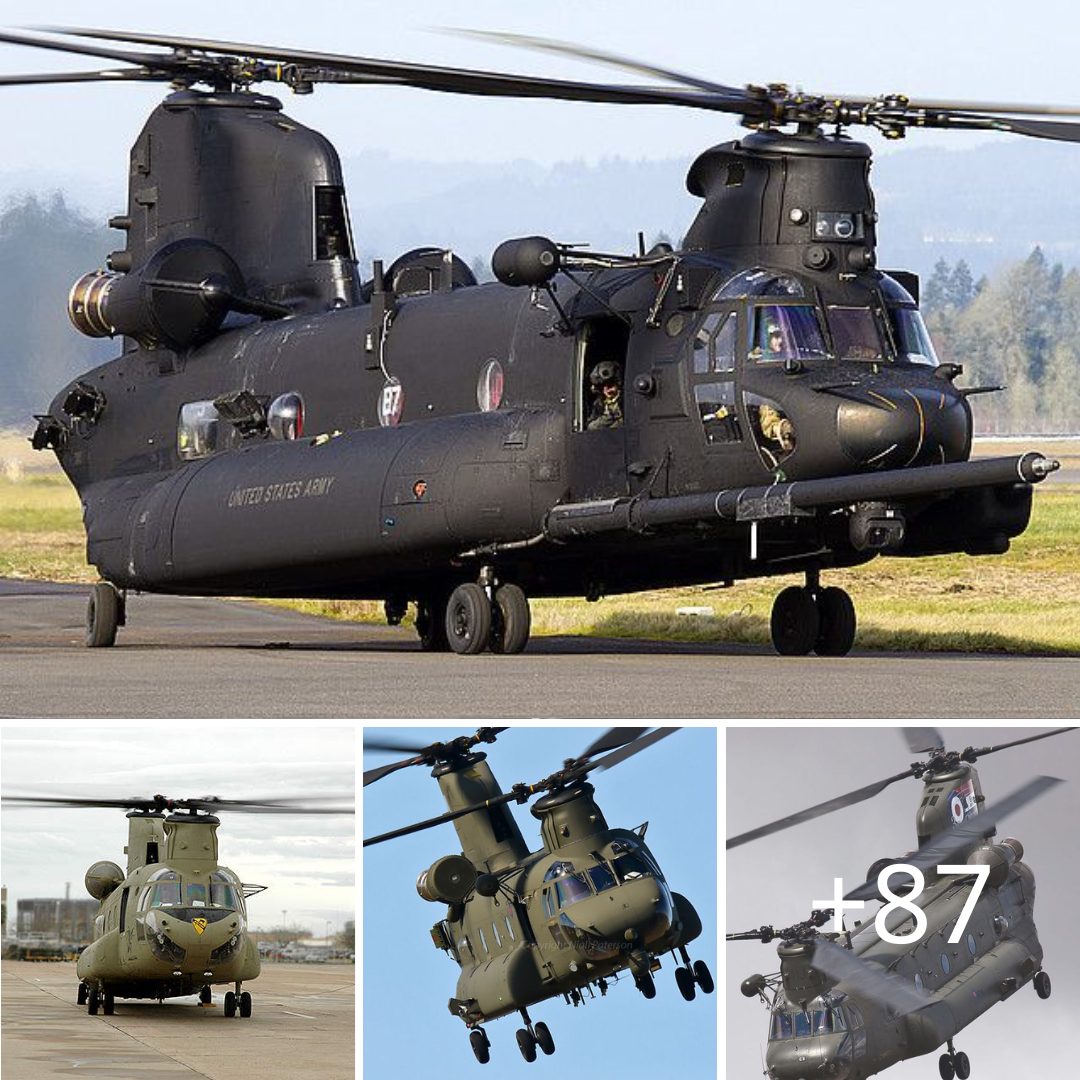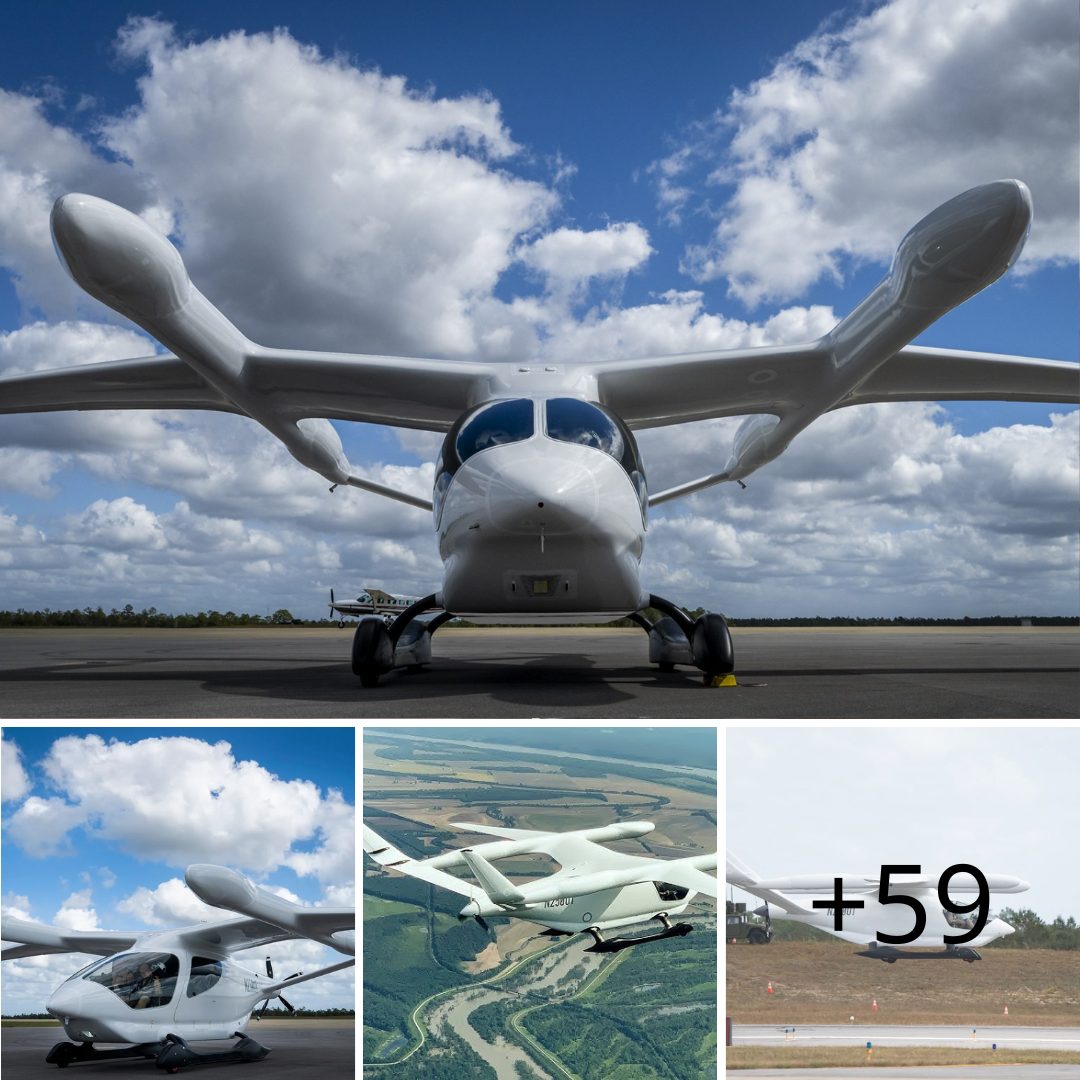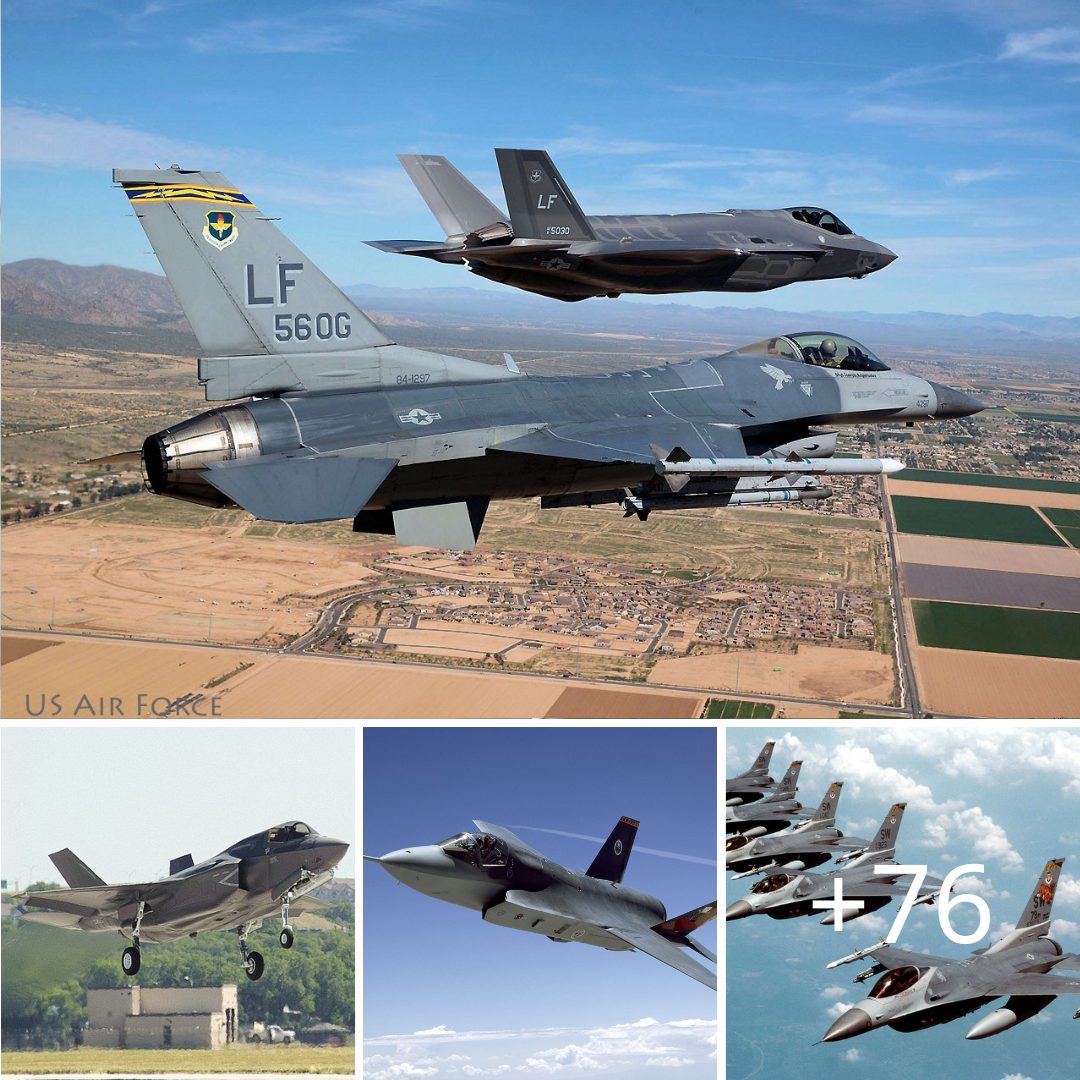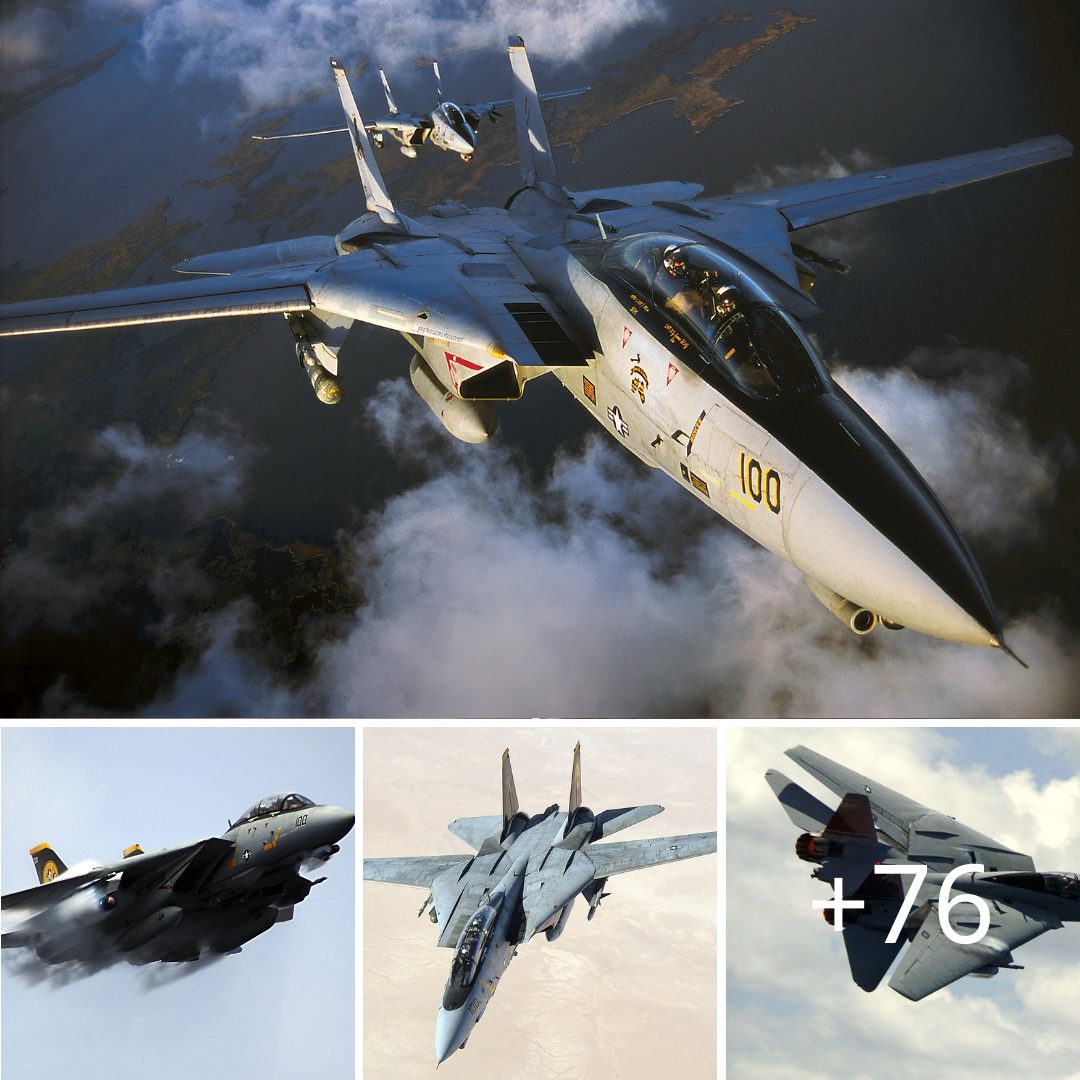Lockheed C-5 Galaxy, one of the largest military transport aircraft in the world today. The first flight was made on June 30, 1968, the C-5 Galaxy continues to be trusted, the US Air Force even plans to maintain it until 2040. C-5 Galaxy began service with the US Air Force in 1969, it was present in the wars in Vietnam, Iraq, Yugoslavia and Afghanistan.

The C-5 Galaxy project began in 1961, in an effort to create a heavy jet transport that would replace the Douglas C-133 Cargomaster and complement the Lockheed C-141 Starlifters. The result was an aircraft with a maximum payload of 118 tons and can carry it to a range of 5,526 km. The range can be extended by in-flight refueling. However during wartime a maximum payload of 132 t is allowed.
 When introduced in 1970, the C-5 Galaxy became the largest aircraft in the world and remains one of the largest today. This aircraft can carry two M1A2 Abrams main battle tanks, 10 LAV-25 armored reconnaissance vehicles, 16 HMMWVs, or 7 UH-1 Huey helicopters. Alternatively it can carry 36 standard 463L pallets. A combination of vehicles and pallets can be carried. The C-5 can airlift a combat ready military unit. The upper deck accommodates 73 passengers. The lower deck can be configured for transportation of 270 troops. Although not usually assigned airdrop duties, the C-5 can also drop paratroops.
When introduced in 1970, the C-5 Galaxy became the largest aircraft in the world and remains one of the largest today. This aircraft can carry two M1A2 Abrams main battle tanks, 10 LAV-25 armored reconnaissance vehicles, 16 HMMWVs, or 7 UH-1 Huey helicopters. Alternatively it can carry 36 standard 463L pallets. A combination of vehicles and pallets can be carried. The C-5 can airlift a combat ready military unit. The upper deck accommodates 73 passengers. The lower deck can be configured for transportation of 270 troops. Although not usually assigned airdrop duties, the C-5 can also drop paratroops.
The C-5 Galaxy’s development was complicated, including significant cost overruns, and Lockheed suffered significant financial difficulties. Shortly after entering service, cracks in the wings of many aircraft were discovered and the C-5 fleet was restricted in capability until corrective work was completed. The C-5M Super Galaxy is an upgraded version with new engines and modernized avionics designed to extend its service life beyond 2040.\

The USAF has operated the C-5 since 1969. In that time, the airlifter supported US military operations in all major conflicts including Vietnam, Iraq, Yugoslavia, and Afghanistan, as well as allied support, such as Israel during the Yom Kippur War and operations in the Gulf War. The Galaxy has also distributed humanitarian aid, provided disaster relief, and supported the US space program.






